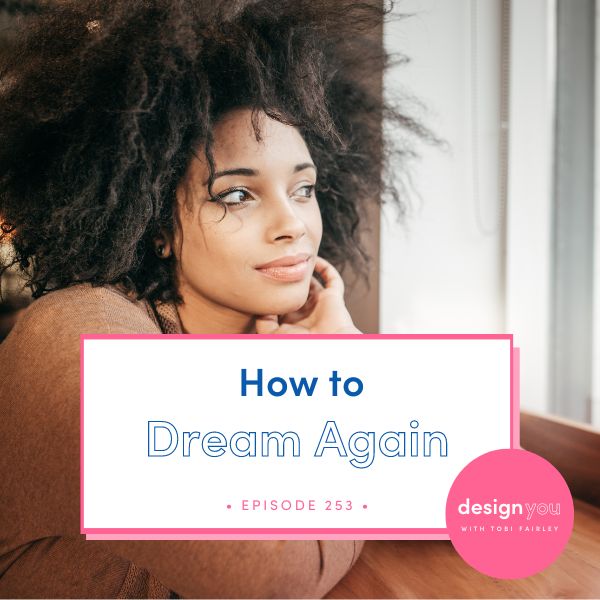
I don’t know about you, but 2023 has felt amazing so far. A few things have made this reality possible for me, like my mindset and increased creativity, but part three of this equation for an amazing life is dreaming and learning how to dream again.
Dreaming is a habit or a practice, just like creativity. However, there comes a point where we feel like we’ve checked all the boxes, many of us stop dreaming, and it doesn’t take a long time to totally forget how to dream. So, whatever you want to bring into your life, or if you just feel like you’re in a slump, this episode is all about being willing to dream of something better and truly believe in that vision.
Tune in this week to discover why you stopped dreaming, and how to dream again. I’m discussing the serious impact of not intentionally dreaming, and my favorite practice for understanding your experience and reigniting your dreams, no matter what stage of your life or career you’re in.
If you have any questions about any of my work or want to test drive Design You, click here to join me for a free Q&A call on the day this podcast is released, February 2nd 2023 at 3PM.
If you’ve missed the Q&A call, you can click here to join me for a free masterclass on February 7th 2023 about how to Renovate Your Life.





